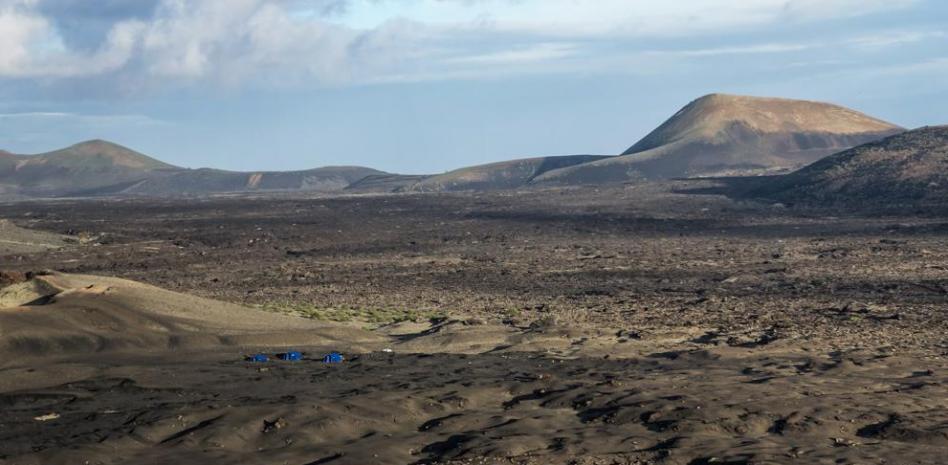The Canary Islands (Spain) are one of the most privileged scenarios on planet Earth, especially if you look at the geological formations that it houses, so similar to the conditions of other satellites and planets.
Thus, the territory has become an area that serves as a quarry to astronauts, engineers and geologists to prepare future visits and missions to the moon and Mars.
As reported by the European Space Agency (THIS) in a press release, a team has visited the islands within the framework of the Pangaea Geological Training Course of the Agency itself.
In this sense, the team is made up of different personalities: the astronaut of that Andreas Mogensen;THIS Robin Eccleston and NASA Kathleen Rubins, of the Artemis mission to alunizar, in which the investigation of lunar geology is key.
These 6 recent spatial discoveries could change the world as we know it

"Now we are able to listen and better understand the geological beat of the planet.Some rocks are like open books that tell the history of our solar system, "says Mogensen.
Lanzarote, a key landscape for future missions in outer space
THIS
The island of Lanzarote houses one of the most exceptional landscapes on the planet.In this way, the basaltic lava currents that contain are very similar to the plains of the lunar seas and their volcanoes resemble those residing in some regions of Mars.
"In Lanzarote we can study the geological interactions between volcanic activity and water, which are 2 key factors in the search for life," explains Samuel Payler, coordinator of Pangaea training.
This point is fundamental because it is known that some microorganisms can develop within the rocks, even if the medium is totally sterile.In addition, volcanoes are not exceptional from Earth.
THIS
Around 2 ago.000 million years, the moon had numerous volcanic activity, while the red planet houses the largest volcano known on any planet: Mount Olympus, with 22 kilometers high.
"We train astronauts so that they can interpret and describe landscapes and perform effective sampling taking into account the surrounding environment, such as dust and volcanic rocks," concrete Francesco Sauro, director of the Pangaea Technical Course.
"From selecting the landing place to describe the samples with the appropriate scientific vocabulary, this is the basic geological training that they will need in future training for lunar missions," he adds.
En resumen, las islas Canarias con su actividad volcánica son el futuro geológico de la conquista espacial y, por ello, la THIS la contempla como el mejor escenario para los entrenamientos de sus equipos.A paradise on earth.
Without mining or Portezuelo, a company that produces wine is born in Malargüe
Study considers that gender equality is not a priority for 70% of global companies
Ceviche to Recoleta and croissants for officials: the bet of the workers of Villa 31 to sell outside the neighborhood
Bin Salmán says that "there is no difference" between men and women